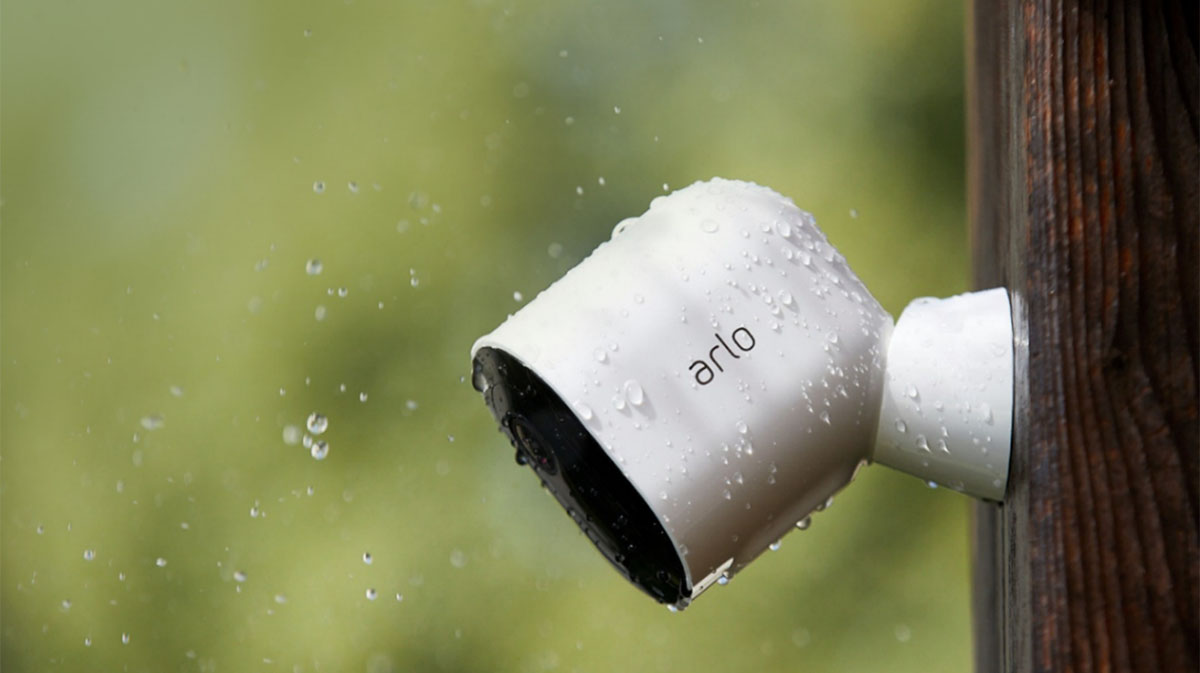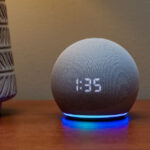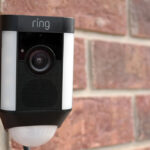Home security cameras have become essential for homeowners and tenants alike. They allow you to safeguard your home and alert you against unwanted presence. You can monitor your home day and night whether you are in the kitchen, at work, or on vacation.
What is a Home Security Camera?
A home security camera is a surveillance device designed to assist in securing your residential premises. It is easy to install and use as compared to traditional CCTV cameras. Most of them are wireless security cameras that connect to your home’s Wi-Fi network. A smart hub or base station may be required for the same. You can access the camera remotely and watch its live video feed through an app on your smartphone or tablet. Many smart security cameras come with motion detection and person recognition technologies. They send you alerts upon detecting a person or movement. A recording may be saved to the cloud or locally for later viewing. Infrared LEDs are utilized by them for night vision. There may be a microphone and speaker integrated into the home security camera for enabling you to talk to the person in front of the camera.
How to Choose a Home Security Camera?
There is a wide range of home security cameras available in the market. They have different features and varying specifications. Here are the main things to consider when buying a home security camera.
1. Video Resolution
The primary specification to consider in a home security camera is its resolution. Cameras use different types of sensors and can record footage in varying resolutions. Most popular resolutions include 720p, 1080p, 2K, and 4K. The higher the resolution, the clearer and crisper will be the recorded footage. It will make it easy to identify faces and objects. Choose smart security cameras that have at least Full HD (1080p) resolution.
2. Field of View (FoV) and Pan/Tilt Ability
In addition to resolution, buyers should check the home security camera’s field of view. It defines how much area the camera covers. The horizontal FoV value generally ranges anywhere from 100° to 180°. A camera with a larger field of view covers more area. Consider a Wi-Fi security camera according to the area that you want to secure. Models with 140° to 160° field of view will suit most buyers. Some home security cameras, especially the indoor ones, have pan and tilt ability. You can manually adjust the camera to check out different areas of your front yard or room. It allows you to track and follow a person or object. Choose a wireless security camera with pan and tilt ability if required.
3. Night Vision
Night vision is another important feature to consider in home security cameras. Users will want to keep tabs on their homes at night. They will need a wireless security camera that has infrared LEDs for illumination. Otherwise, the footage from the camera will be dark and undecipherable. Most smart security cameras switch to night vision automatically, while others may also allow users to customize a schedule.
4. Power Source – Battery vs. Mains
Buyers must think about the power source used by home security cameras. Some of them run on batteries, while others must be connected to the mains. A few models may support both power sources. Batteries will have to be recharged or replaced every few months. It can be a bit inconvenient and sometimes you might forget to change the battery on time. Mains-powered smart security cameras will require wiring installation, which can take some effort. However, there will be no need to change batteries for the rest of the device’s life. You may choose a model as per your preferences and installation area. If there is no power source available, a battery-powered camera will be the better option. When considering a battery-powered Wi-Fi security camera, check how long its battery will run before requiring recharging or replacement.
5. Smart Hub Requirement
Buyers must consider if they want wireless security cameras with or without a smart hub. Many models may require a base station or smart hub to function. You will have to pay extra for the base station in addition to the cameras. Other Wi-Fi security cameras connect directly to your home’s Wi-Fi network and can be accessed through a smartphone app. The latter will consume the bandwidth of the wireless network and may affect other devices. If you want to save money or are using a few smart security cameras, then consider a model that can function without a smart hub. A base station or smart hub may be better for installing half-a-dozen or more home security cameras.
6. 2-Way Audio
If you are installing a home security camera at your front gate or indoors, the 2-way audio feature may be handy. These cameras have an integrated microphone and speaker. It will allow you to talk to visitors or anyone inside the home, like children or pets, when you are away. You can hear what is going on at your residence and may be able to scare off intruders as well. Almost all wireless security cameras come with 2-way audio functionality.
7. Automated Alerts and Motion Detection
While having a home security camera allows you to watch the video feed live on your smartphone, you don’t want to spend the whole day monitoring your residence. Most smart security cameras support automated alerts. They may have built-in motion sensors and can also use AI to recognize people. Whenever a presence is detected, a notification will be sent to your smartphone or tablet through the app, an email, or an SMS. You can check the live feed to see what is happening. The Wi-Fi security camera will also start recording a clip that you can check later. Therefore, consider security devices that support automated alerts.
8. Facial Recognition
Many home security cameras have facial recognition capability. It allows them to distinguish people from animals/pets and objects like cars and trees, thereby reducing false alerts. Some smart security cameras not only tell you when someone is at your front door but also who. You store the images of friends and family in the camera’s database. It will compare the face of the person at the door against the database and alert you if it’s a known person or stranger. Google offers Person Alerts and Familiar Face Alerts in its Nest Cam. You may have to purchase a subscription for enabling these features on your home security camera.
9. Recording Storage
An important aspect to look for in home security cameras is how they store the recorded footage. Most models store the clip in cloud storage. You may have to purchase a monthly subscription and connect the smart security camera to the Internet to enable the same. A few manufacturers do offer rolling cloud storage for free. The files are available for a limited number of days or weeks and are overwritten once the time limit expires. Some camera models may allow you to store the footage locally in a memory card or a USB flash drive. You will not need to purchase a monthly subscription. Choose a wireless security camera that supports your preferred recording mechanism.
10. Weatherproof Rating
Residents who want to install a security device outdoors may want to choose a home security camera with a weatherproof rating. It should ideally be IP65 or IP66 certified. These certifications ensure that the smart security camera can withstand rain, water, snow, and dust. It will continue to function without any issues in all weather conditions.
11. Voice Assistant Compatibility
If you use a voice assistant like Amazon Alexa, Google Assistant, or Apple Siri, you might want to consider home security cameras that support it. You will be able to access and control the device remotely by issuing voice commands to Alexa or Google. A security device may support only specific voice assistants and not all of them. Therefore, make sure that the smart security camera that you are buying is compatible with your preferred virtual assistant. Additionally, you may want a model that supports IFTTT and SmartThings platforms.
12. Additional Features
Buyers may want to consider additional features offered by smart security cameras. Many of them are capable of temperature monitoring, humidity tracking, and air quality detection. It eliminates the need for separate sensors as the Wi-Fi security camera is multifaceted. Choose a variant that suits your requirements.





